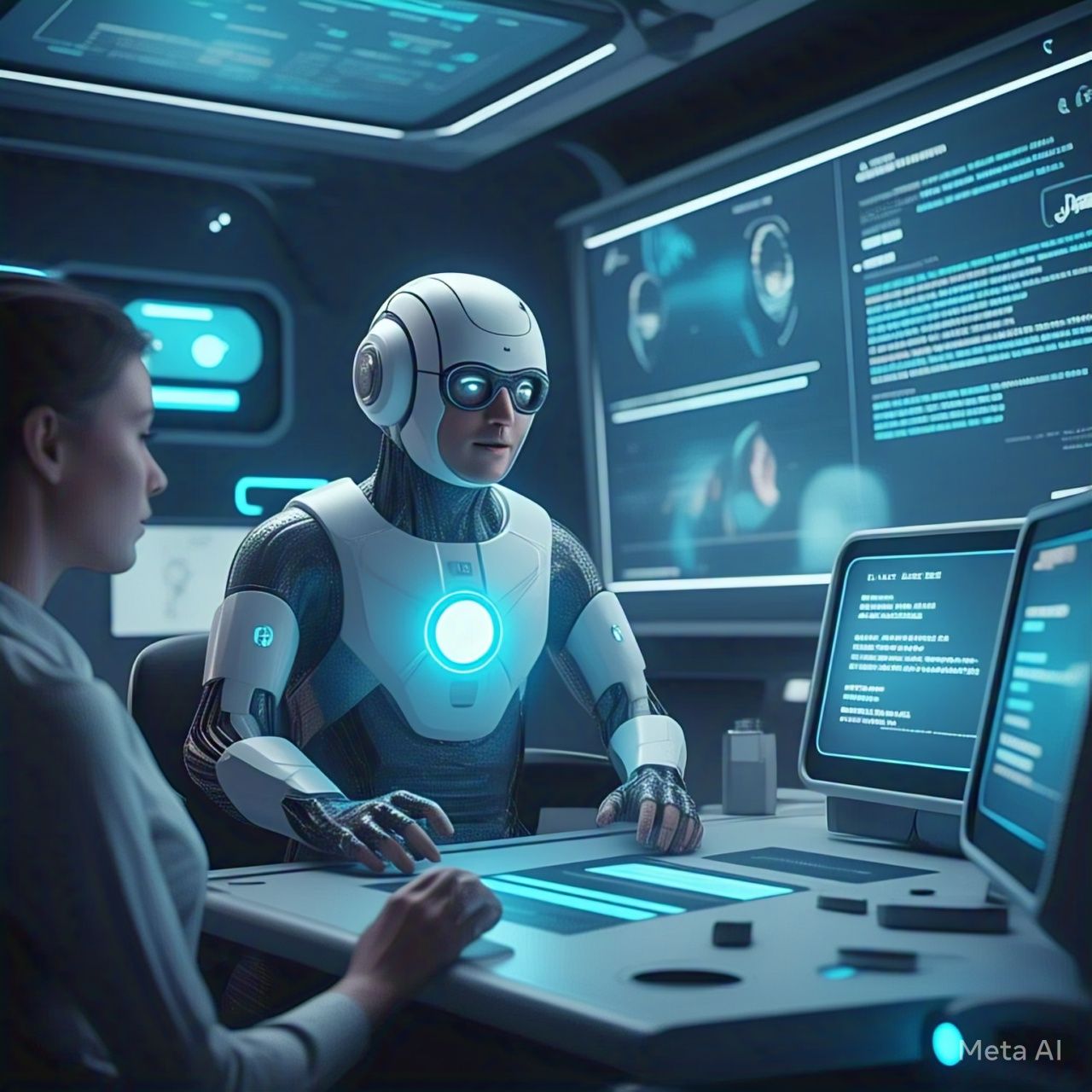Introduction
Voice-enabled chatbots are transforming how businesses and consumers interact with AI. By integrating speech recognition, natural language processing (NLP), and machine learning, these chatbots offer seamless, hands-free communication. With the rise of voice assistants like Siri, Alexa, and Google Assistant, the demand for voice-driven AI solutions is growing rapidly.
1. How Voice-Enabled Chatbots Work
Voice chatbots leverage a combination of automatic speech recognition (ASR), NLP, and text-to-speech (TTS) synthesis to interpret and respond to user inputs. The process involves:
- Speech Input: The user speaks into a device.
- ASR Processing: The chatbot converts speech to text.
- NLP Analysis: AI determines intent and context.
- Response Generation: The system provides a relevant answer, either as text or synthesized speech.
2. Advantages of Voice-Enabled Chatbots
a) Improved User Experience
Voice chatbots enable faster and more natural interactions, eliminating the need for typing.
b) Accessibility and Inclusivity
They assist users with visual or mobility impairments, making digital interactions more accessible.
c) Hands-Free Convenience
Voice chatbots support multitasking, allowing users to interact while driving, cooking, or exercising.
d) Increased Engagement
Conversational AI enhances customer satisfaction and brand loyalty by providing instant responses.
3. Key Technologies Behind Voice AI
Several cutting-edge technologies power voice-enabled chatbots:
- Speech-to-Text (STT): Converts spoken words into text.
- Natural Language Understanding (NLU): Interprets meaning and context.
- Text-to-Speech (TTS): Converts chatbot responses into human-like speech.
- Machine Learning (ML) & AI: Enhances chatbot accuracy over time.
4. Use Cases of Voice Chatbots
a) Customer Service
Businesses deploy voice chatbots for automated call centers, FAQs, and personalized support.
b) Smart Homes
AI-driven voice assistants help control lighting, security, and home automation devices.
c) Healthcare
Patients use voice chatbots to schedule appointments, get medication reminders, and access medical advice.
d) E-Commerce
Voice chatbots assist in shopping, product recommendations, and order tracking.
5. Challenges and Future of Voice AI
a) Accuracy and Context Understanding
Accents, slang, and background noise can affect accuracy. AI advancements in speech recognition continue to improve response precision.
b) Privacy and Security
Since voice data is sensitive, strong encryption and compliance with regulations (GDPR, HIPAA) are essential.
c) Multilingual Capabilities
Expanding language support and dialect recognition remains a priority for global adoption.
Conclusion
Voice-enabled chatbots are shaping the future of AI-powered communication. With enhanced accuracy, multilingual support, and increased accessibility, they will become integral to various industries. As AI technology evolves, businesses must invest in secure, scalable, and user-friendly voice AI solutions to stay ahead in the digital landscape.




